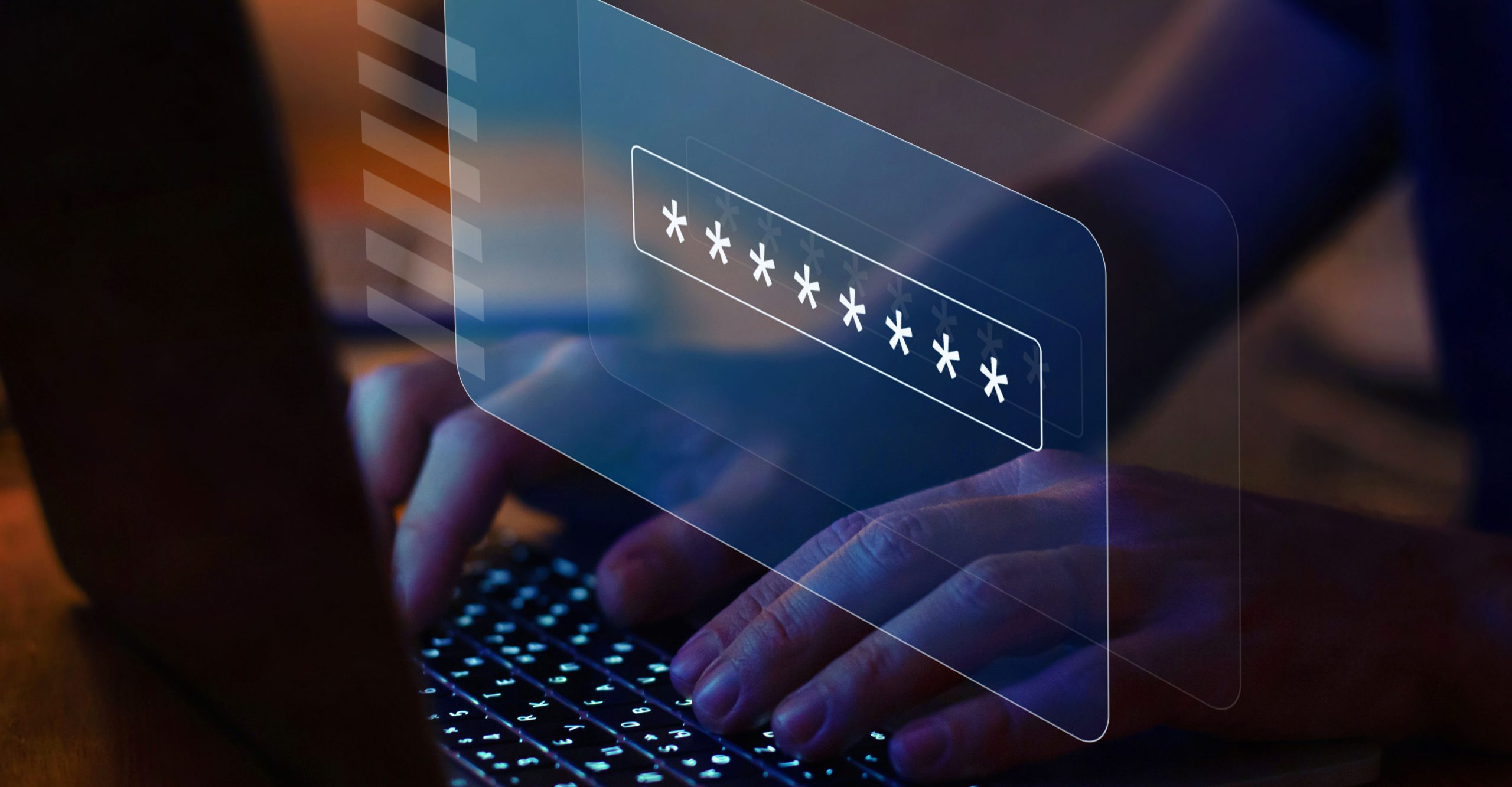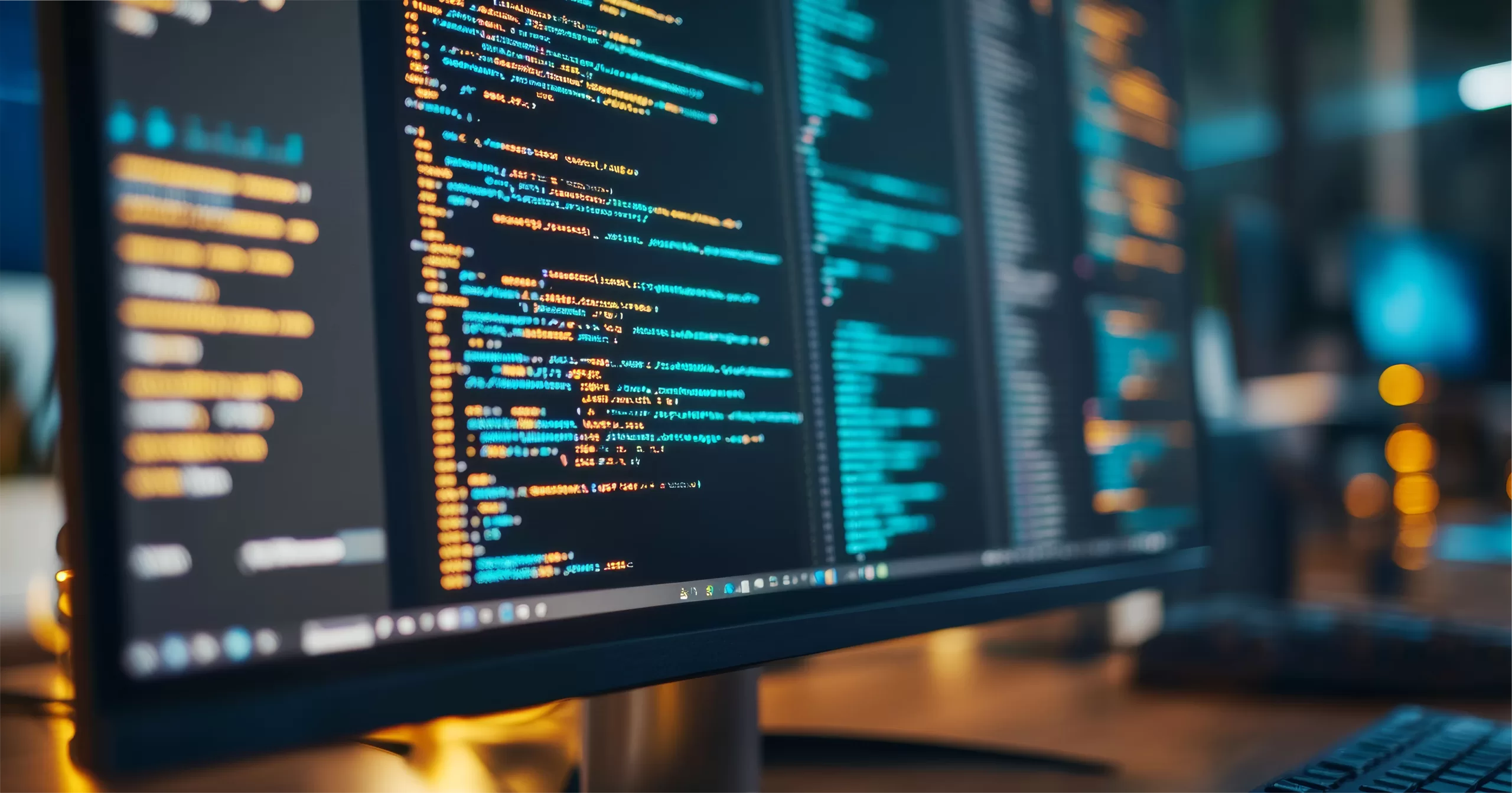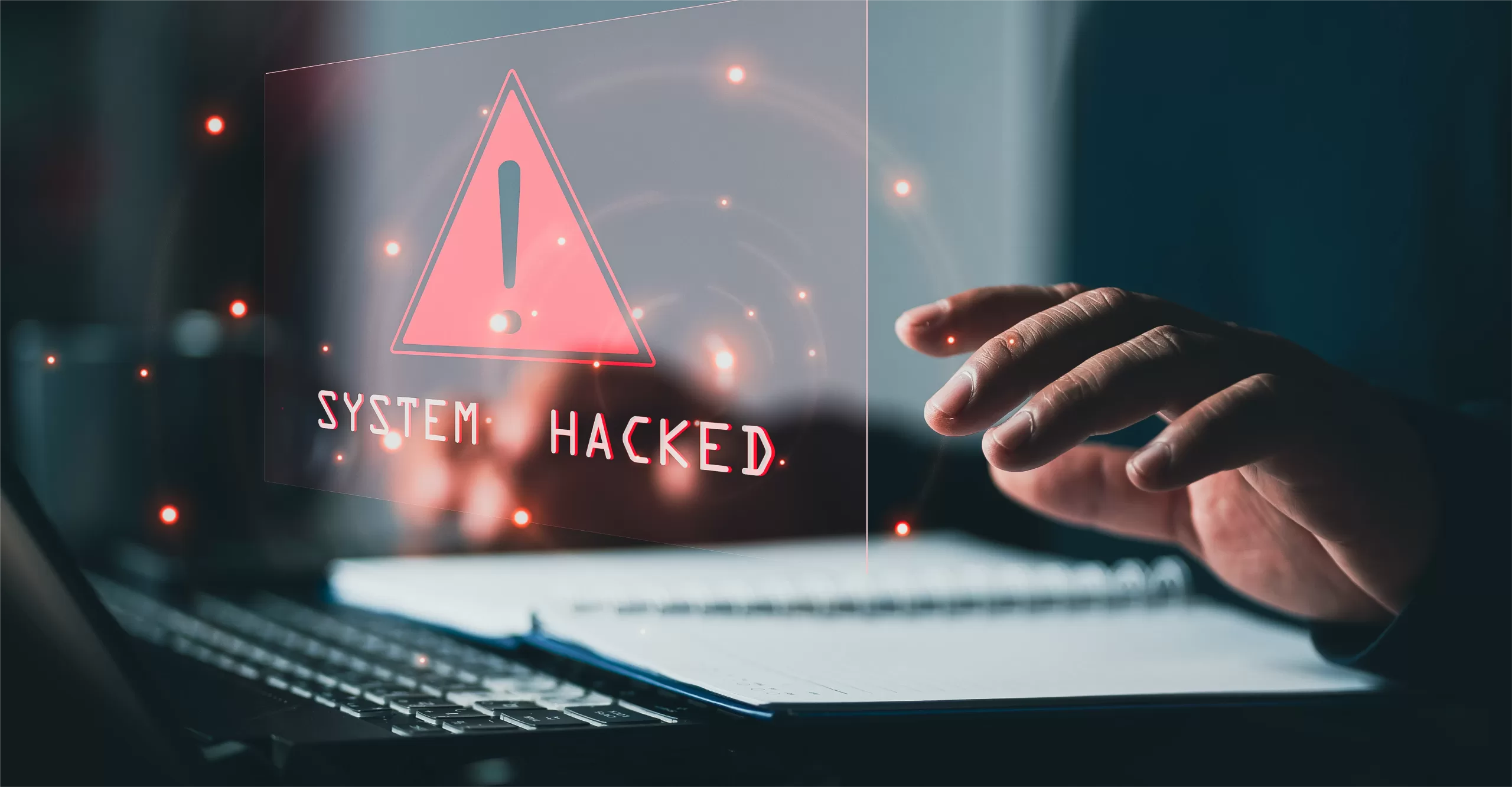Have you ever forgotten your Windows login password? If you’re like most of us, you have. It can be so frustrating to be locked out of your computer while you try to remember or reset your password. Did you know that now Windows 10 makes it possible to reset a forgotten password right from your computer’s login screen? That’s right, whether you have a Microsoft or local account, you can easily reset your password from the login screen. Here’s everything you need to know.
You can log in to Windows 10 using a Microsoft account or a local account. If you have a Microsoft account, your credentials are stored in the cloud. If you have a local account, your credentials are stored in your computer. We’ll go through the steps to reset your password with both types of accounts.
How to Reset a Microsoft Account Password
Before the Windows 10 Fall Creators Update, the only way to reset a password was by accessing Microsoft’s password reset web page on another device. Thankfully, that’s not the case anymore. Here’s how to reset your Microsoft account password:
- Choose the “I forgot my password” option under the password entry box on your computer’s login screen.
- Enter your Microsoft account email address, type in the characters you see in the CAPTCHA box, and click “Next.”
- Select either the phone number or secondary email address that you associated with your Microsoft account when you created it.
- Enter the hidden part of the phone number or email address you selected in step 3.
- Click the “Send code” button to receive a security code from Microsoft.
- Type in the security code you receive and choose “Next.”
- Enter a new password and click “Next.”
- Click “Next” again.
You can now use your new password to log in to Windows 10.
How to Reset a Local Account Password
A few years ago, Microsoft introduced a way to reset a local account password from your computer’s login screen using security questions. Before this update, you had to create a password reset disk or use some other workaround, none of which were easy. Now all you have to do is correctly answer three previously-selected security questions. Here’s how to set up the security questions:
- Click the Windows button to open the Start menu.
- At the lower left corner of the Start menu, click the gear icon.
- Click “Accounts.”
- Click “Sign-in options.”
- Choose the “Update your security questions” option.
- Enter your account password and click “OK.”
- Select three security questions and type in your answers (see below for tips).
- Click “Finish.”
When choosing your security questions and answers, be sure to select questions with answers that cannot be easily gleaned online, such as from social media profiles or public records. These resources might provide cybercriminals with the information needed to answer your security questions. For example, hackers might be able to easily find your hometown or first pet’s name from your Facebook page. One way to avoid this problem is to provide incorrect or nonsensical answers to the security questions–just make sure you remember the answers!
After you set up your security questions, it is easy to get into your local account if you forget the password. Follow these steps:
- If you enter an incorrect password on the Windows login screen, Windows 10 will display the message “Your password is incorrect. Try again.” Click the “OK” button under this message.
- Select the “Reset password” option that appears under the password entry box.
- The three security questions you chose previously will appear. Type in the correct answer for each question and click the arrow button.
- Enter a new password, confirm the new password by entering it again, and click the arrow button.
- Use your new password to log in to your local account.
Not Sure If You Have the Necessary Update?
To use these password reset methods, you must have the appropriate update installed on your computer. If you are using a local account, you’ll need to make sure you have the Windows 10 April 2018 update. If you are using a Microsoft account, you need the Windows 10 Fall Creators Update (released in November 2017). Finally, if you’re not sure that these updates are on your computer, we can help. Contact our team today!





